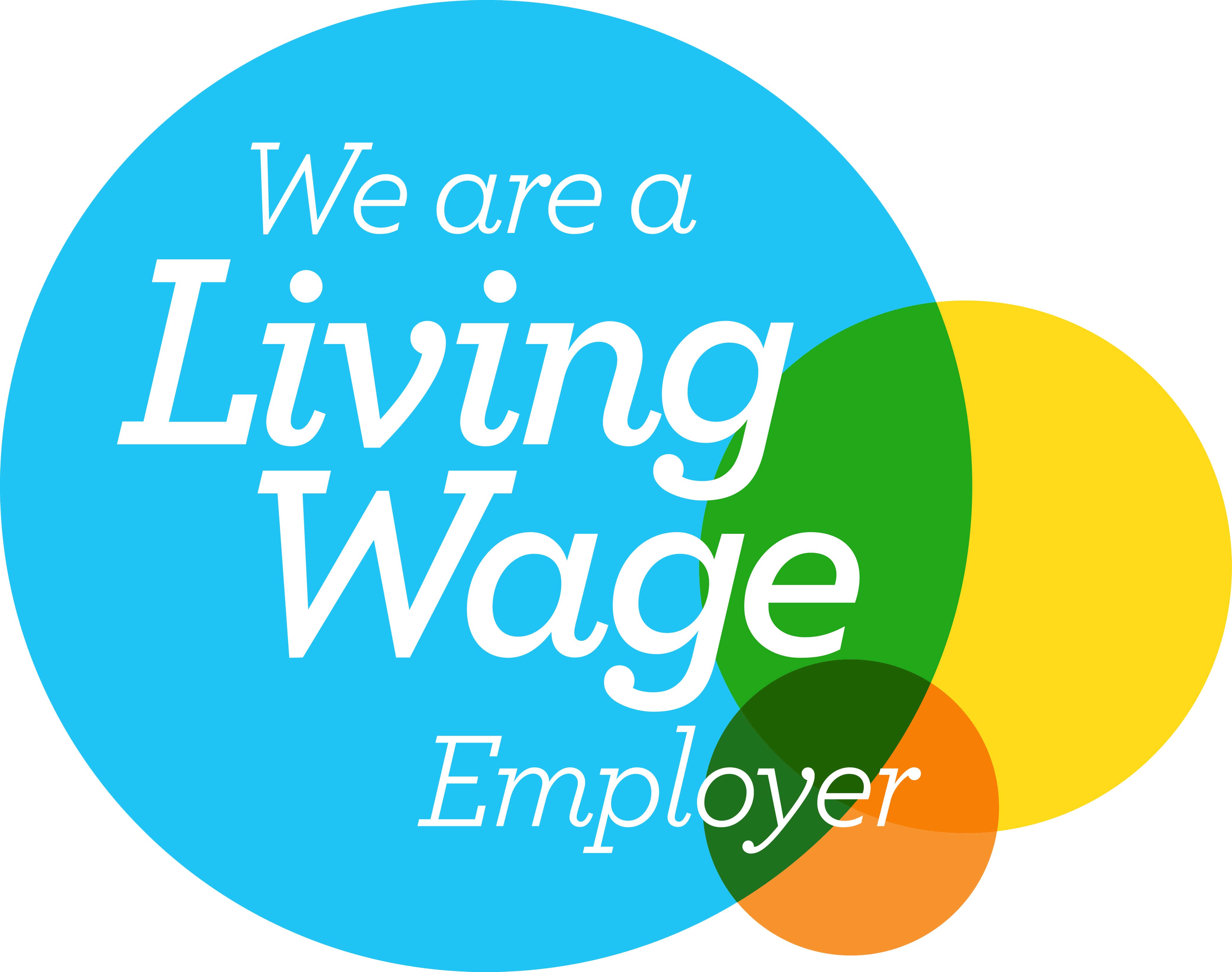- Bromley020 8290 0333
The roots of racism: The 1950s and 1960s in the UK
To celebrate Black History Month, Judge & Priestley has produced three articles looking at the struggle to overcome discrimination and to create a more equal society. In this first text, we look at the roots of contemporary racism in the UK.
The 1950s and 60s were pivotal decades in the United Kingdom's history, marked by significant racial discrimination against black people, particularly those who arrived in the years after the Second World War. To understand the current efforts to combat racism and discrimination in the UK, it is essential to delve deeper into the historical context of these two tumultuous decades.
The Windrush Generation
Named after the ship HMT Empire Windrush that arrived in 1948 from the Caribbean, the Windrush Generation represents the thousands of people who migrated to the UK between 1948 and 1971. They were invited to help rebuild the country after the devastation of World War II and address labour shortages in key sectors. The Windrush immigrants made valuable contributions to British society, including in areas such as healthcare, transportation, manufacturing and public services. They were an integral part of the post-war reconstruction efforts and contributed significantly to the economic and cultural fabric of the UK.
Initial Discrimination and Prejudice
Despite their contributions and even though they had been invited here by the British government and British companies who were desperate for workers, the Windrush Generation faced pervasive discrimination and prejudice from the moment they arrived. It was a stark contrast to the welcoming promises they had received. Many found themselves confronted with a hostile environment, experiencing racism in various aspects of daily life. In housing, it was not unusual, astonishing though it may seem to us today, for rental listings to include signs that read "No Blacks, No Irish, No Dogs". Not only was this demoralising and degrading for the newly arrived immigrants, but it also made it very difficult for black people and their families to secure accommodation. Housing discrimination exacerbated racial segregation, contributing to the isolation of black communities.
Legal Framework and Discrimination
The reason that black people were powerless to protect themselves at that time was because during the 1950s and 1960s, the UK lacked specific anti-discrimination legislation, which allowed systemic racism to persist. Discriminatory practices and policies were deeply entrenched in various areas, including employment, public services and housing, as we have seen.
In employment, black workers faced wage disparities, receiving lower pay for the same work as their white counterparts. They also encountered barriers to career progression and faced discrimination when seeking employment opportunities. They could be overlooked for jobs or promotions just because of the colour of their skin and there was no recourse for them to take.
Public services, such as education and healthcare, were not immune to discrimination. Black communities often had limited access to quality healthcare and educational opportunities, which hindered their social and economic advancement.
Grassroots Movements
In response to the discrimination and prejudice they faced, grassroots movements advocating for racial equality began to emerge during the 1950s and 1960s. These organisations played a pivotal role in raising awareness about racial discrimination and pushing for change. Prominent among these groups was the Campaign Against Racial Discrimination (CARD), chaired by David Pitt, later Baron Pitt of Hampstead, a doctor who had moved to Britain from Grenada. CARD worked tirelessly to challenge the systemic racism embedded in British society. It organised protests, rallies and campaigns, raising public awareness about racial inequality.
Protests and Advocacy for Civil Rights
The 1960s witnessed a surge in protests and advocacy for civil rights. Notable events include the 1963 Bristol Bus Boycott, inspired by the American civil rights movement, which aimed to end racial discrimination in public transport. The boycott was a protest over the refusal of the Bristol Omnibus Company to employ non-white people. It was known as the Colour Bar. The company was quite open about the discrimination and didn’t think there was anything wrong with it. Members of the local black community formed the West Indian Development Agency and organised a boycott of the company’s buses. They were supported by sympathetic members of the white community and by prominent politicians like Labour’s Harold Wilson, who was leader of the Opposition at the time. Following the peaceful boycott, the company overturned its decision. The event marked a significant moment in the UK civil rights movement.
The black community were developing a momentum that could not be stopped. However, to begin the process of achieving equality and freedom from discrimination they would need not only a change in attitudes but a change in the law. Thankfully, that was only a few years away following the Bristol Bus Boycott.
In our second article for Black History Month, we shall look at the major legislation introduced in the 1960s and 70s that began the long road towards racial equality.









